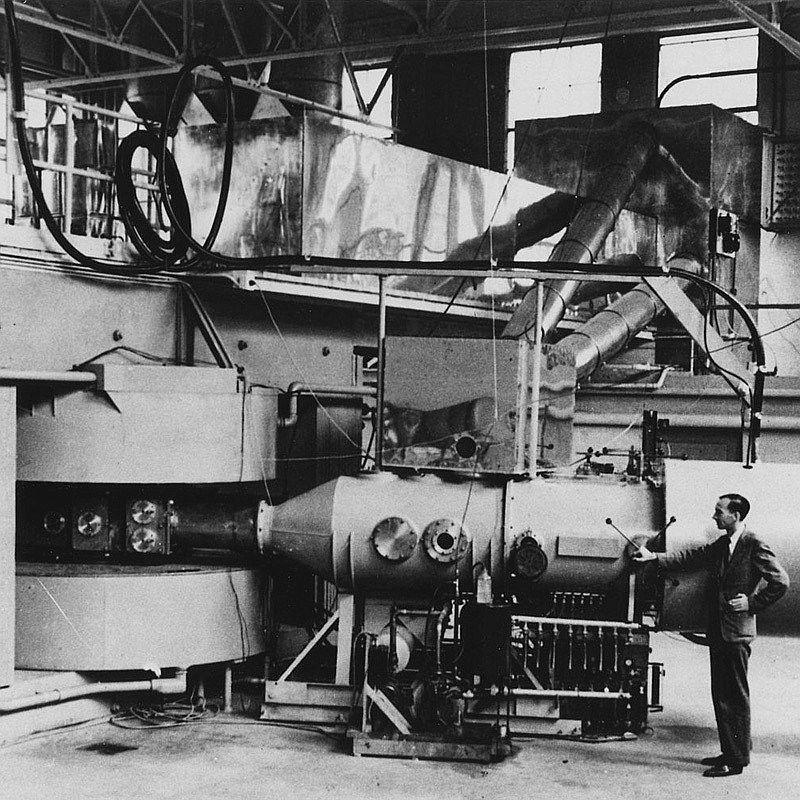Berkelium
97
Bk
Group
n/a
Period
7
Block
f
Protons
Electrons
Neutrons
97
97
150
General Properties
Atomic Number
97
Atomic Weight
[247]
Mass Number
247
Category
Actinides
Color
n/a
Radioactive
Yes
Named after Berkeley, California, the city of its discovery
Crystal Structure
Simple Hexagonal
History
Berkelium was discovered by Glenn T. Seaborg, Albert Ghiorso and Stanley G. Thompson in 1949 at the University of California, Berkeley.
It was produced by the bombardment of americium with alpha particles.
Berkelium was isolated in greater quantities for the first time by Burris Cunningham and Stanley Thompson in 1958.
It was produced by the bombardment of americium with alpha particles.
Berkelium was isolated in greater quantities for the first time by Burris Cunningham and Stanley Thompson in 1958.
Electrons per shell
2, 8, 18, 32, 27, 8, 2
Electron Configuration
[Rn] 5f9 7s2
Just over one gram of berkelium has been produced in the United States since 1967
Physical Properties
Phase
Solid
Density
14.78 g/cm3
Melting Point
1259.15 K | 986 °C | 1806.8 °F
Boiling Point
3173.15 K | 2900 °C | 5252 °F
Heat of Fusion
n/a
Heat of Vaporization
n/a
Specific Heat Capacity
-
Abundance in Earth's crust
n/a
Abundance in Universe
n/a

Image Credits: Wikimedia Commons (Department of Energy - Office of Public Affairs)
The 60-inch cyclotron at the Lawrence Radiation Laboratory, University of California, Berkeley
CAS Number
7440-40-6
PubChem CID Number
23971
Atomic Properties
Atomic Radius
170 pm
Covalent Radius
-
Electronegativity
1.3 (Pauling scale)
Ionization Potential
6.1979 eV
Atomic Volume
16.7 cm3/mol
Thermal Conductivity
0.1 W/cm·K
Oxidation States
3, 4
Applications
Berkelium is mainly used for scientific research purposes.
Berkelium-249 is a common target nuclide to prepare still heavier transuranic elements and transactinides, such as lawrencium, rutherfordium and bohrium.
It is also useful as a source of the isotope californium-249.
Berkelium-249 is a common target nuclide to prepare still heavier transuranic elements and transactinides, such as lawrencium, rutherfordium and bohrium.
It is also useful as a source of the isotope californium-249.
Berkelium is harmful due to its radioactivity
Isotopes
Stable Isotopes
-Unstable Isotopes
233Bk, 235Bk, 236Bk, 237Bk, 238Bk, 239Bk, 240Bk, 241Bk, 242Bk, 243Bk, 244Bk, 245Bk, 246Bk, 247Bk, 248Bk, 249Bk, 250Bk, 251Bk, 252Bk, 253Bk, 254Bk